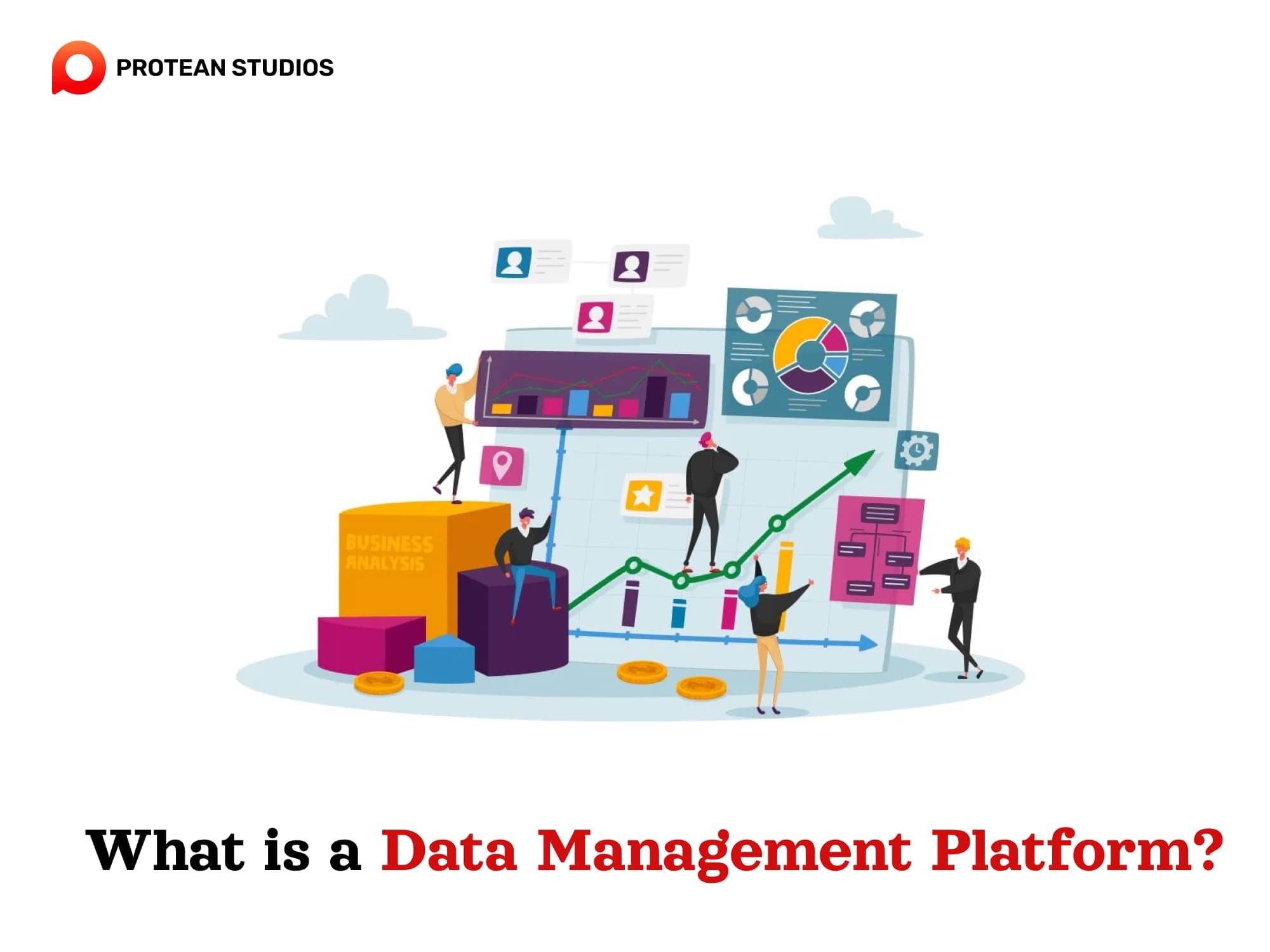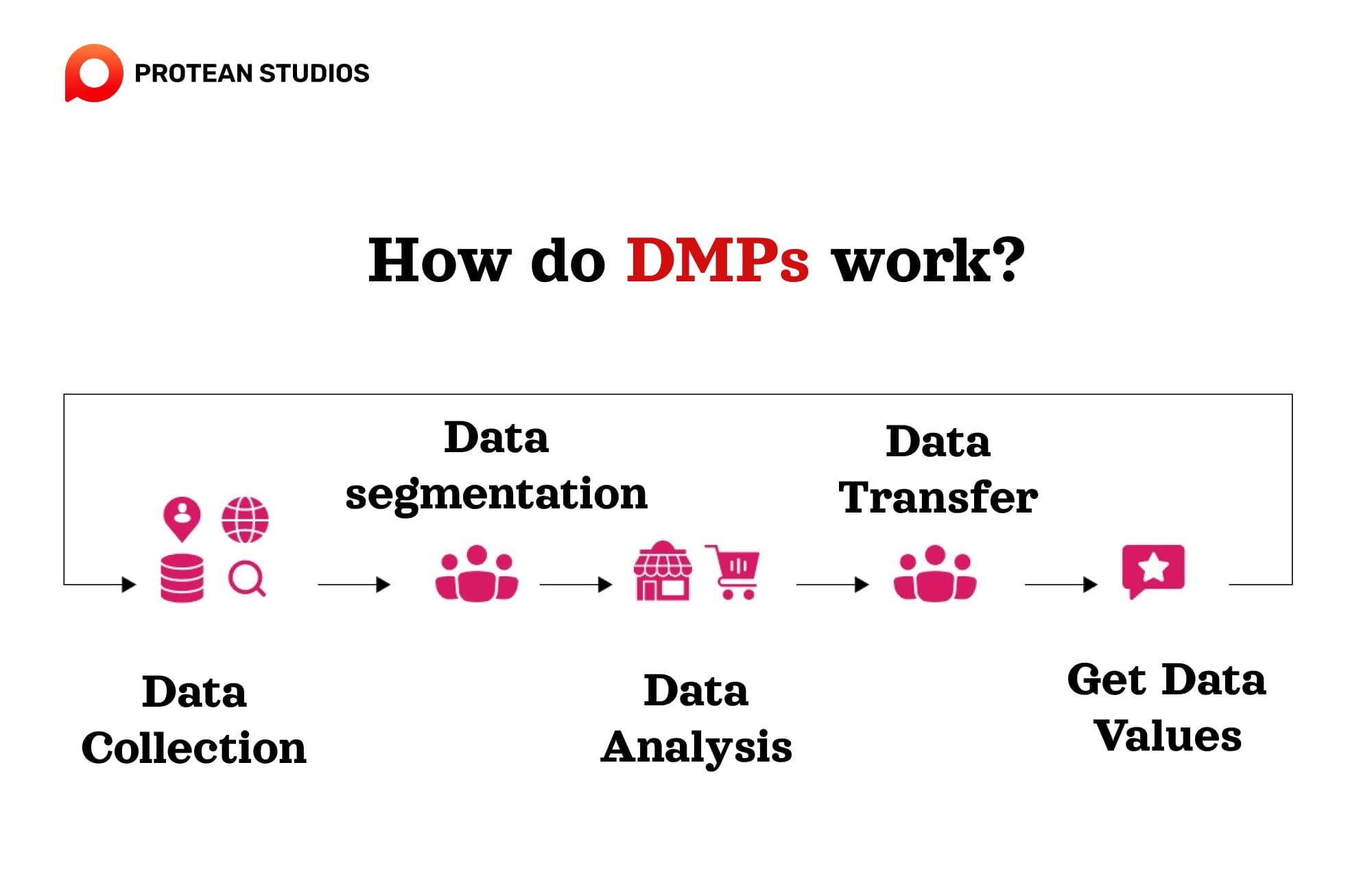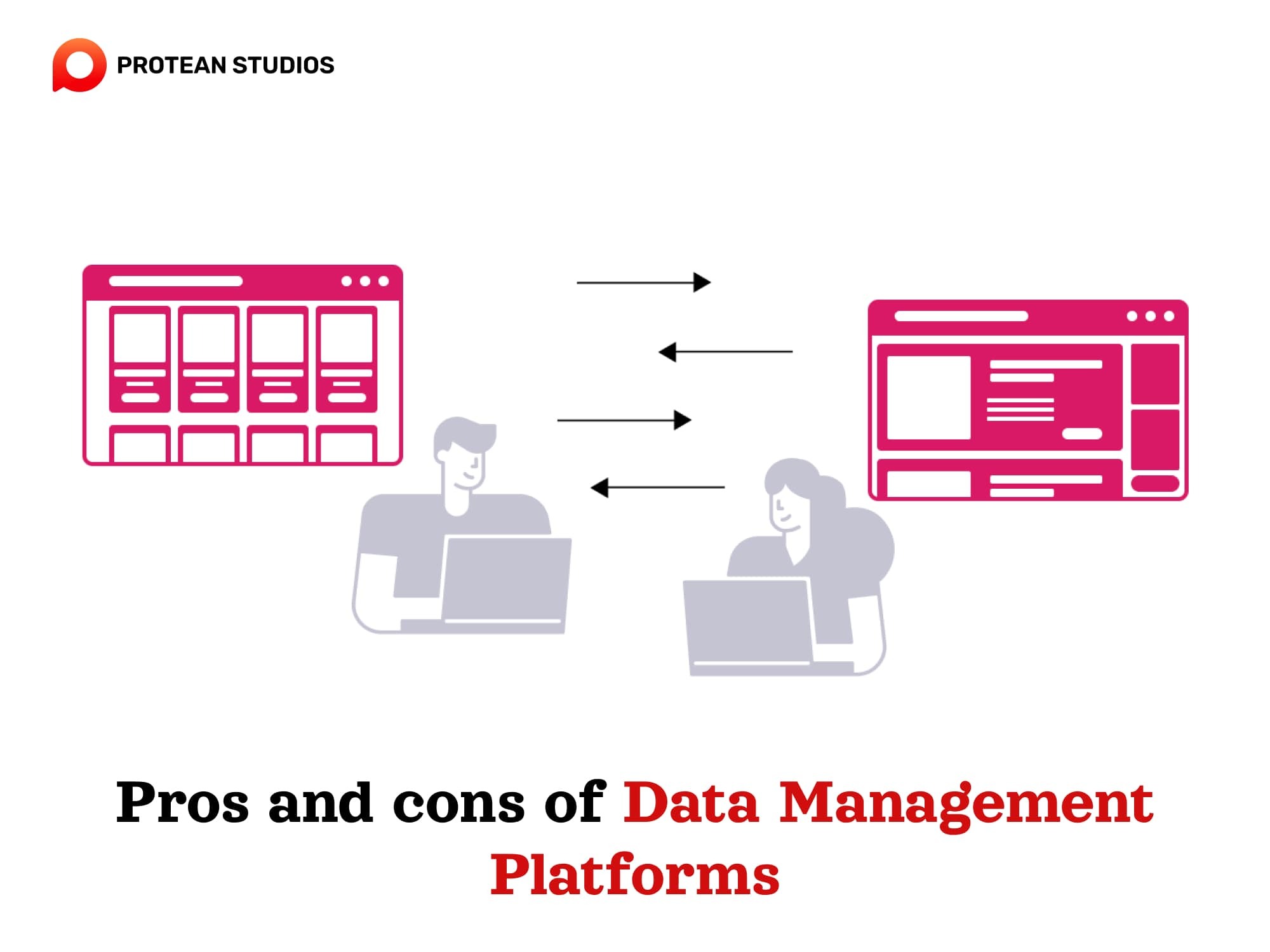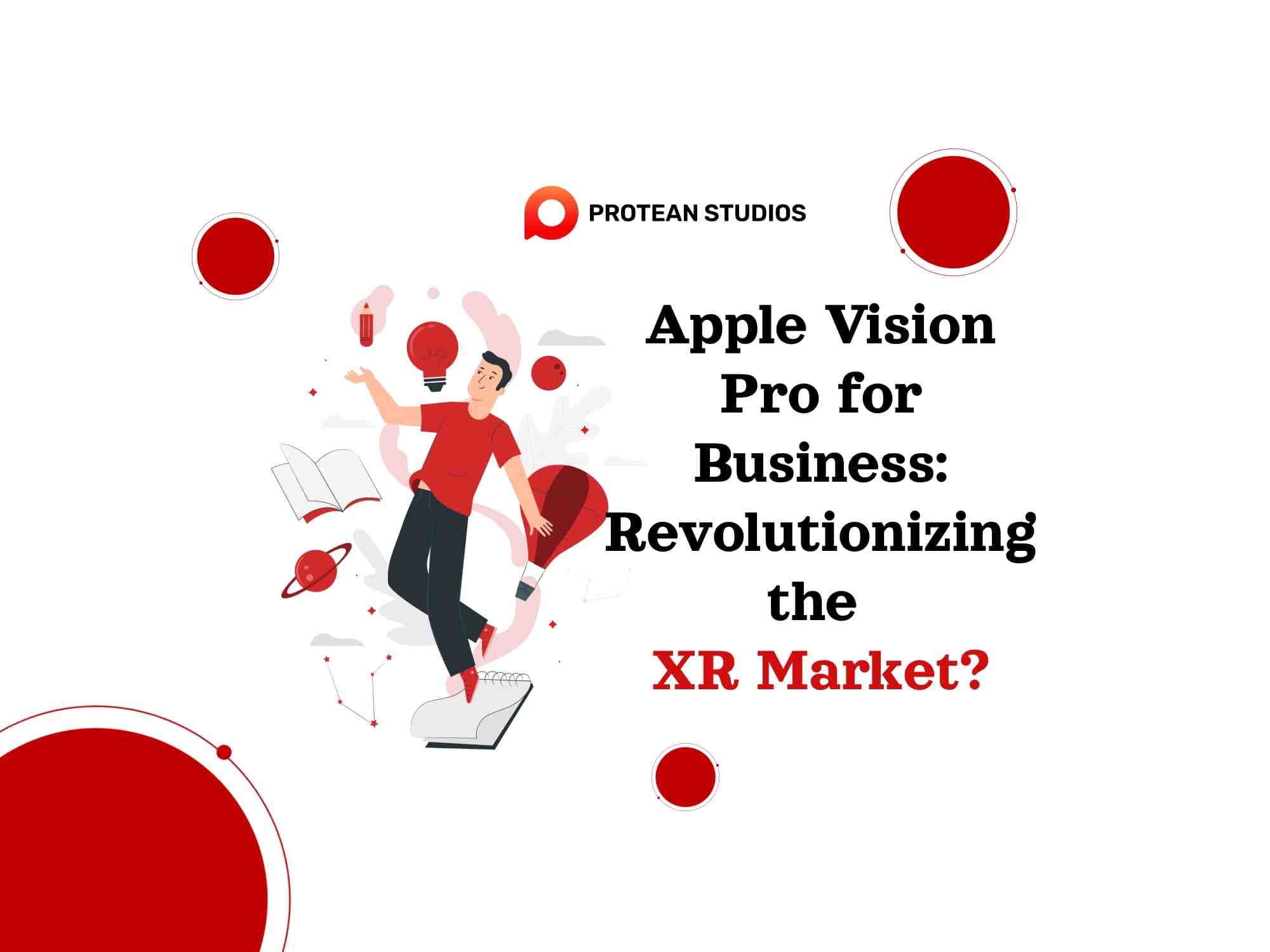In today's data-driven business world, understanding how to manage and make the most of information is crucial. Data management platforms (DMPs) play a key role in this process, helping businesses organize and get useful insights from their data. In this blog post, we will explain what DMPs are, how they work, and why they are essential for modern marketing.
What does a data management platform mean?
In the world of marketing, a DMP is a software platform that businesses can use to collect, organize, and analyze data from a variety of sources. The primary goal of a DMP is to help businesses make informed decisions by providing a unified and comprehensive view of their data. It includes many types of data, as follows:
First-party data: information collected from customers, such as website or app activity, sales history, CRM systems, and email addresses.
Second-party data: data shared by other companies through mutual agreement, enhancing first-party data.
Third-party data: data purchased from data providers, which can include demographic information, browsing behavior, and interests.

To learn about DMPs, here are some key things to remember.
They are very powerful tools for businesses that want to leverage their data for competitive advantage.
They are quite complex to make and use. Thus, it is important to choose a platform that is right for your needs and to have the skills and resources to manage it.
There are many different DMPs available on the market, so it is important to do your research before selecting one.
In general, a data management platform empowers organizations to better understand their audience and optimize marketing efforts. Especially, enhance decision-making processes by leveraging the power of data.
If you want to know why data marketing became popular, you can see the blog post: What Is A Digital Transformation?
How do DMPs work?
Data management platforms operate through a series of steps to collect, organize, and activate data. Here's a simplified breakdown of how DMPs work:
1. Data Collection
DMPs collect data from first-party, second-party, and third-party sources. Organizations can catch the insights gathered about users and target customers as the system organizes and formats the compiled information into a single view. Besides, DMPs can also integrate with other platforms, such as ad servers, DSPs, or social media networks, to collect data from online and offline channels.
Read more: What Is Social Media Marketing?
2. Data segmentation
DMPs segment the collected data into different categories, such as demographics, interests, behaviors, or intents. It also uses various methods to segment data. For example, rules-based, machine learning, or predictive modeling. The organization chooses segmentation categories based on its goals, which makes it easier for users to focus on specific target elements.

3. Data Analysis
Data management platforms analyze the segmented data to provide insights and recommendations for marketers. In particular, DMPs perform various types of analysis, such as audience profiling, cross-channel attribution, campaign optimization, or lookalike modeling. And then, generate reports and dashboards to visualize the data and measure the performance of marketing activities.
4. Data Transfer
Following the collection, segmentation, and analysis of data, the DMP transfers it to users for implementation through many platforms. For example, ad exchanges, demand-side platforms (DSP), and supply-side platforms (SSP). After that, it facilitates the ongoing discovery and organization of valuable information, enabling more intelligent targeting and personalization.
Pros and cons of data management platforms
DMPs can help businesses gain insights into their customers' behavior, preferences, and needs, as well as optimize their marketing campaigns and improve their return on investment (ROI). Yet, DMPs also have some benefits and drawbacks that need to be considered before adopting them, as shown below.

1. Benefits
Improved data quality and consistency: DMPs merge data from different sources, eliminating redundancy and inconsistencies. This allows for better analysis and decision-making.
Enhanced customer insights: By unifying data from various touchpoints, DMPs provide a holistic view of customer behavior and preferences. This facilitates targeted marketing campaigns and personalized experiences.
Streamlined data management: DMPs automate data collection, transformation, and cleansing, saving time and resources. This allows businesses to focus on deeper analysis and insights.
Data-driven decision-making: Data management platforms provide easy access to data and analytical tools. It enables businesses to make informed decisions based on actual data rather than intuition or guesswork.
Improved operational efficiency: Data-driven insights from DMPs can help optimize operational processes, leading to cost savings and increased efficiency.
Competitive advantage: Businesses can gain a competitive edge by enabling them to understand their customers better and tailor their offerings.
2. Challenges
Costs: DMPs often involve significant upfront and ongoing costs, including licensing fees, infrastructure expenses, and the need for skilled personnel.
Data privacy concerns: Handling large volumes of data raises concerns about privacy and compliance with data protection regulations, such as GDPR.
Complexity: DMPs are quite complex to set up and use, requiring technical expertise and skilled personnel. This can create a barrier for smaller businesses with limited resources.
Integration challenges: Integrating a DMP with existing systems and data sources can be challenging, requiring more resources and expertise.
Limited functionality: Some DMPs may not offer all the features and functionalities needed for specific business needs. Choosing the right DMP that aligns with your goals is crucial.
Decoding the future of DMPs
In short, data management platforms are changing the way organizations handle their data. These platforms bring together, organize, and use data to make better decisions and run targeted marketing campaigns. Looking ahead, DMPs are getting even smarter with things like artificial intelligence (AI) and a strong focus on keeping data private. This means these platforms will become even better at analyzing data, predicting how users behave, and making decisions automatically.




